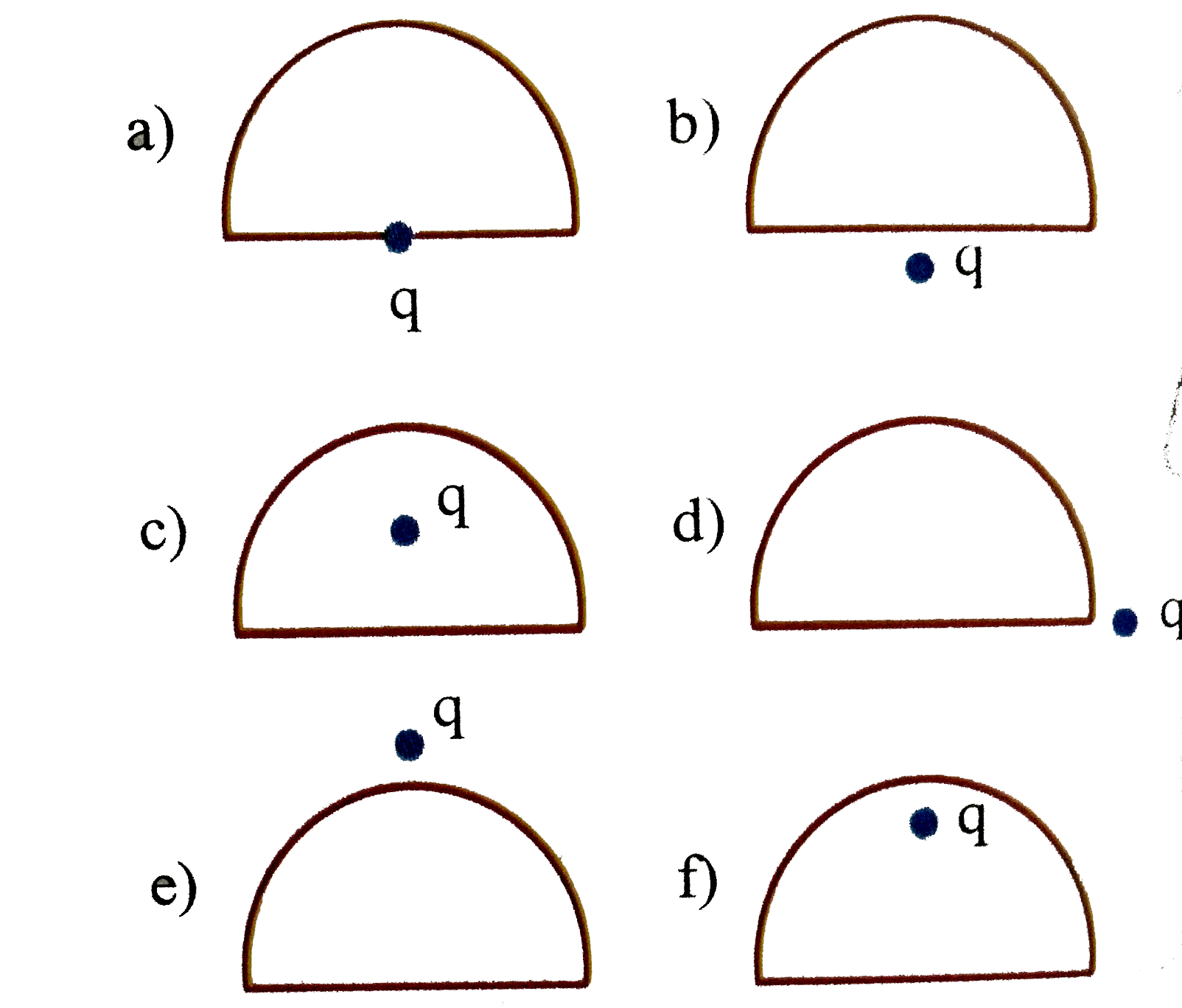A spherical Gaussian surface surrounds a point charge q. If the charge is moved to another location inside the surface? Then total flux_____________
unchanged
Topper's Solved these Questions
- BOOK - FIITJEECHAPTER - ELECTROSTANTICSEXERCISE - ASSIGNMENT PROBLEMS (SUBJECTIVE) LEVEL - II & III15videos
ELECTROSTANTICS
- BOOK - FIITJEECHAPTER - ELECTROSTANTICSEXERCISE - ASSIGNMENT PROBLEMS (OBJECTIVE) LEVEL - I24videos
ELECTROSTANTICS
- BOOK - FIITJEECHAPTER - ELECTROSTANTICSEXERCISE - ASSIGNMENT PROBLEMS (SUBJECTIVE) LEVEL - I14videos
ELECTROSTANTICS
- BOOK - FIITJEECHAPTER - ELECTROMAGNETIC WAVE & WAVE OPTICSEXERCISE - ASSIGNMENT PROBLEMS Objective : Level-II (MULTI CHOICE SINGLE CORRECT)21videos
ELECTROMAGNETIC WAVE & WAVE OPTICS
- BOOK - FIITJEECHAPTER - ELECTROSTATICSEXERCISE - Example14videos
ELECTROSTATICS
Similar Questions
Can charge lie on a Gaussian surface?
View SolutionA point charges causes an electric flux of −1.0×103Nm2/C to pass through a spherical Gaussian surface of 10.0 cm radius centred on the charges.
If the radius of the Gaussian surface were doubled , how much flux would pass through the surface?
What is the value of the point charges?View Solution
Knowledge Check
- Question 1 - Select One
A Gaussian surface enclosed no charge. Which of the following is true for a point inside it ?
Aelectric field must be zeroBelectric potential must be zeroCboth electric potential and intensity must be zeroDnone of these - Question 2 - Select One
A point charge causes an electric flux of −200Nm2/C to pass through spherical Guassian surface of 10 cm radius centered on the charge. If the radius of the Guassian surface is doubled, the total electric flux passing through the surface is
A−200Nm2/CB−100Nm2/CC+200Nm2/CD−50Nm2/C - Question 3 - Select One
Consider the charge configuration and a spherical Gaussian surface as shown in the figure. When calculating the flux of the electric field over the spherical surface, the electric field will be due to.
 Aq2Bonly the positive chargesCall the chargesD+q1 and −q1
Aq2Bonly the positive chargesCall the chargesD+q1 and −q1
A point charge causes an electric flux of −1.0×103Nm2/C to pass through a spherical Gaussian surface of 10.0 cm radius centred on the charge. (a) If the radius of the Gaussian surface were doubled, how much flux would pass through the surface ? (b) What is the is the value of the point charge ?
View SolutionIf net flux through a Gaussian surface is zero, then find whether the following statements are correct or not.
The net charge inside the surface is zero.View SolutionConsider a Gaussian spherical surface covering a dipole of charge q and -q, then
 View Solution
View SolutionFind the total flux due to charge q associated with the given hemispherical surface
 View Solution
View SolutionFind the total flux due to charge qassociated with the given hemisphercal surface
 View Solution
View Solution
